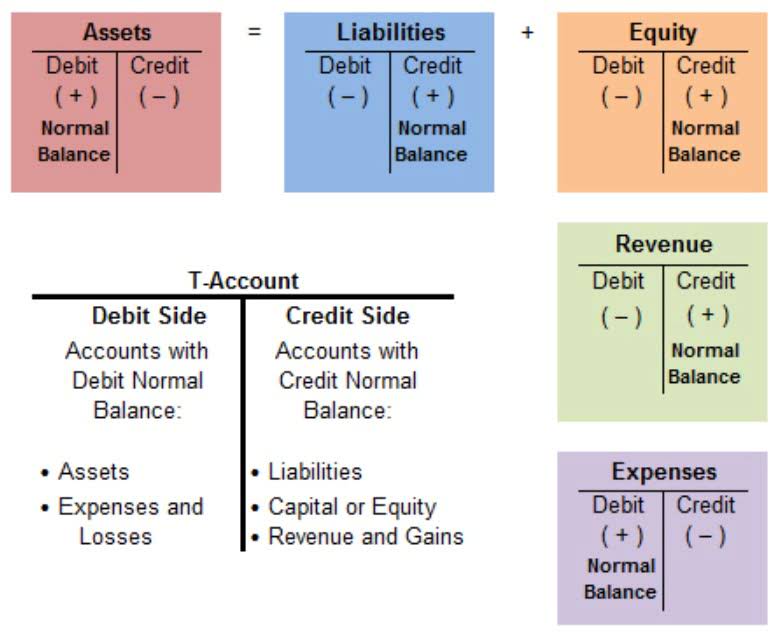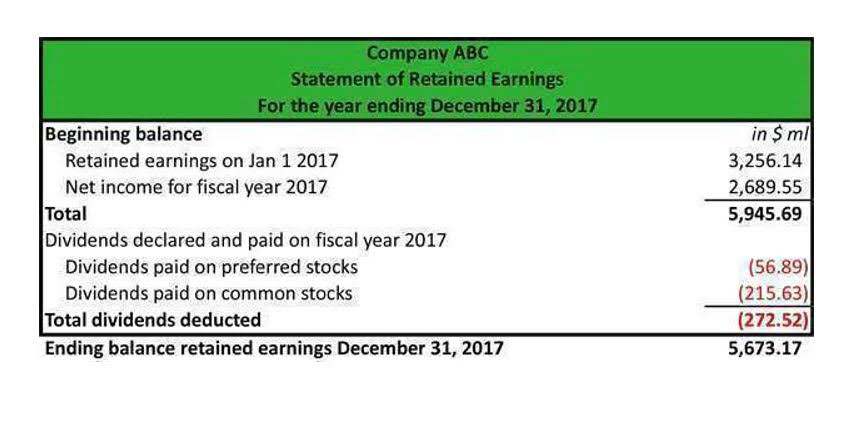
One company can learn from the other and see how cost control has helped them improve their profits and overall scope for growth. Budgets are distributed in a well-calculated manner that helps to make sure that employees get sufficient funds for operations while still maintaining cost control. In manufacturing, cost control efforts focus on process optimization to enhance efficiency and minimize waste. The industrial or factory-based mindset is all about getting the most with the least. Whether in manufacturing or daily operations, identifying and mitigating sources of waste, be it material or time, contributes directly to cost savings.
Cost control 101: Optimize your project expenses
Companies can engage in tax planning by taking advantage of tax deductions, credits, and incentives. They can also structure their business operations in a way that minimizes their tax liabilities while complying with existing tax laws. In addition to minimizing tax liabilities, tax planning can help businesses anticipate and prepare for tax-related expenses, enabling better cash flow management.
Project cost control with earned value analysis
Modern project management tools, such as GetGenerative.ai, automate cost tracking, generate real-time financial reports, and provide actionable insights. Where cost control focuses on both the big picture and the smaller details, expense control makes immediate changes to spending habits in order to keep projects on income statement track. In activity-based costing (ABC), overhead and indirect costs are allocated to specific activities based on the volume of resources they consume. ABC helps paint a more accurate picture of where various costs are coming from by tying them to specific activities. This method is commonly used in business management to improve the accuracy of costing and to help identify inefficiencies.
Estimate Costs

This might sound like a no-brainer, but it’s surprising how often people rush through the budget planning phase. Be realistic—don’t just estimate the ideal scenario; plan for potential hiccups. cost control Include all expected costs, like labor, materials, and overhead, and don’t forget about the not-so-obvious ones, like contingencies for unexpected delays.

How to Navigate Wetlands Regulations Successfully

By reviewing the outcomes and identifying where costs went over or stayed within budget, project managers can refine their budgeting and forecasting processes. This helps create more accurate estimates and ensures better cost control in upcoming projects. The process of finding, eliminating, or lowering superfluous business expenses in order to maximize profits is known as cost control. Day.io is an all-in-one project cost control platform with precise time tracking and reporting capabilities. It allows users to easily track expenses, generate accurate budgets, and manage project costs in real-time.
- Major changes to the original construction plans will only occur when a rescue operation is required.
- As a result, organizations can maintain healthy cash flows, increase their competitive advantage, and achieve sustainable growth.
- Automating cost control processes helps project managers stay on top of their budgets in real-time, enabling them to make decisions quickly and efficiently.
- It identifies the level of sales needed to break even–i.e., when total revenues equal total costs, and no profit or loss is made.
- Calculating project costs on an hourly basis involves paying for the amount of work done, measured in hours.
- Did you know that according to recent studies, approximately 82% of businesses cite cost control as a top priority for sustainable growth?
Whether or not layoffs should be used as anything more than a last ditch option is debated. Like cost control measures that target cheaper materials and outsourced https://www.bookstime.com/articles/how-to-calculate-overtime-pay labour, layoffs can have a similar negative effect on employee satisfaction and motivation that becomes apparent further down the line. A lack of attention towards costs, or a failure to understand how best to control costs can have serious negative consequences for businesses. It is often confused or misunderstood for cost reduction, which is a completely different concept altogether because the latter outright focuses on cutting down expenses in a particular regard. Cost Control can be defined as a tool that is used by the management of an organization to regulate and controlling the functioning of a manufacturing concern by limiting the costs within a planned level. The benefits of cost control include company savings through the implementation of a proper budget, eliminating maverick spend as part of spend management, and enhanced productivity.


